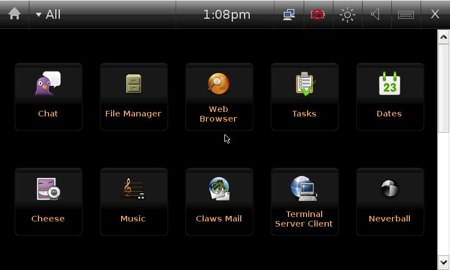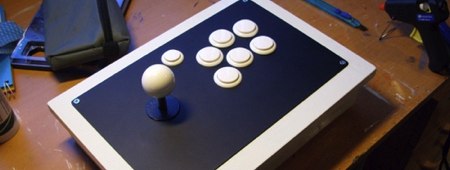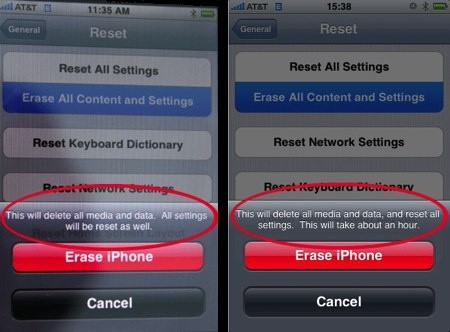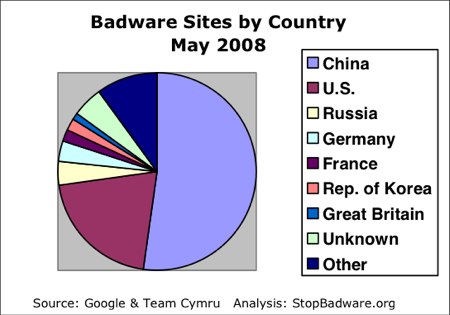
Ubuntu MID edition has been released for handheld Mobile Internet Devices. It’s targeting devices based on Intel’s A100/110 and the new Centrino Atom platforms. Successors to the UMPC, MIDs are usually small formfactor and have a touchscreen, plus a physical keyboard. UMPC portal has a examples of devices that are currently supported by this release, inluding plamtops like the Kohjinsha SH6. This release is only for x86 devices, so don’t expect it to be ported to the ARM based Nokia N800/810. The user interface is based on the Hildon framework and we’re glad people are attempting to think beyond a standard UI. We hope they plan on punching up the use of the color brown in the final though; it just wouldn’t be an Ubuntu release without it.
[via Linux Devices]















